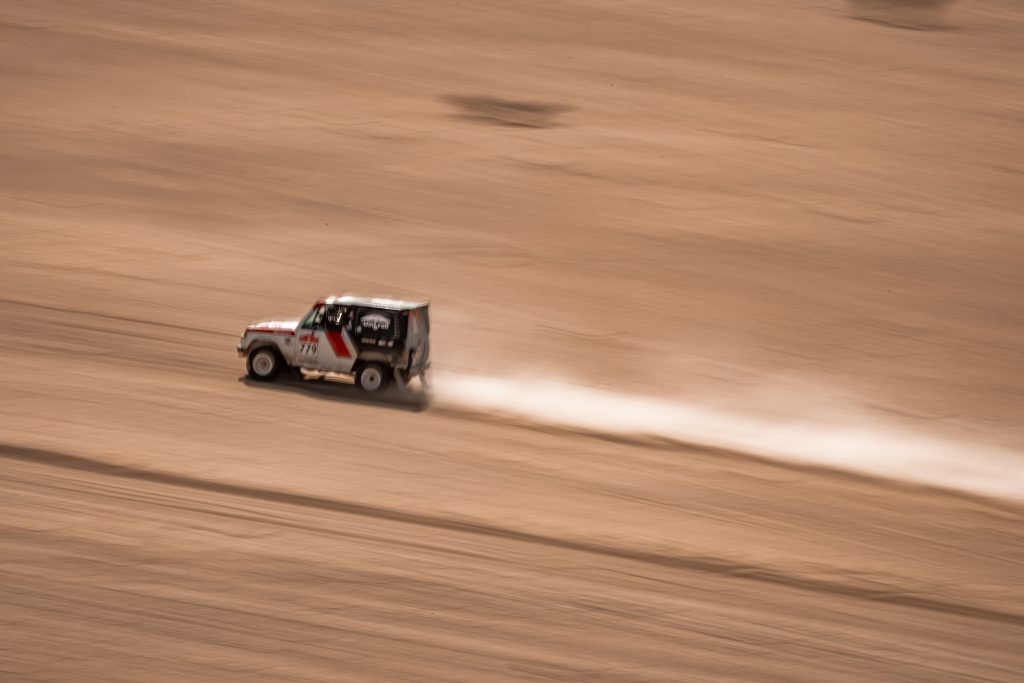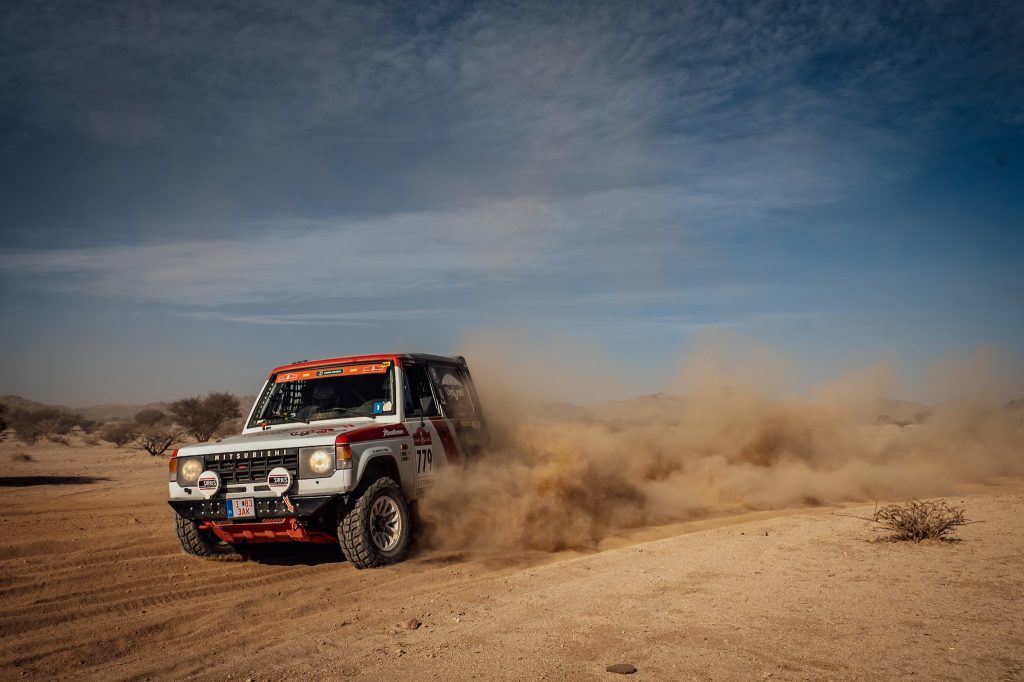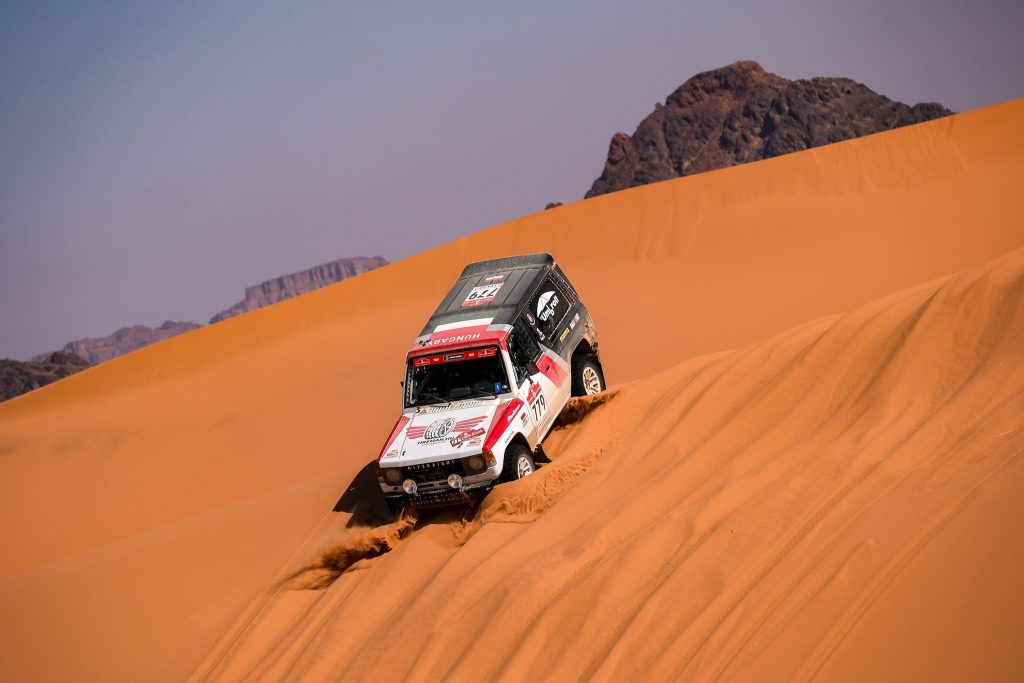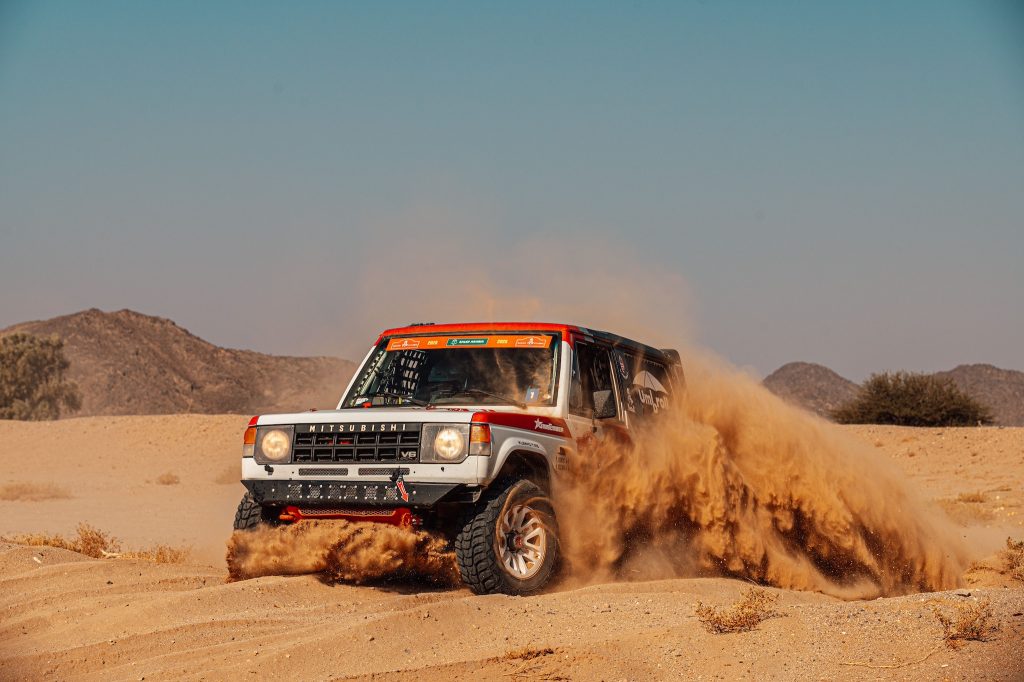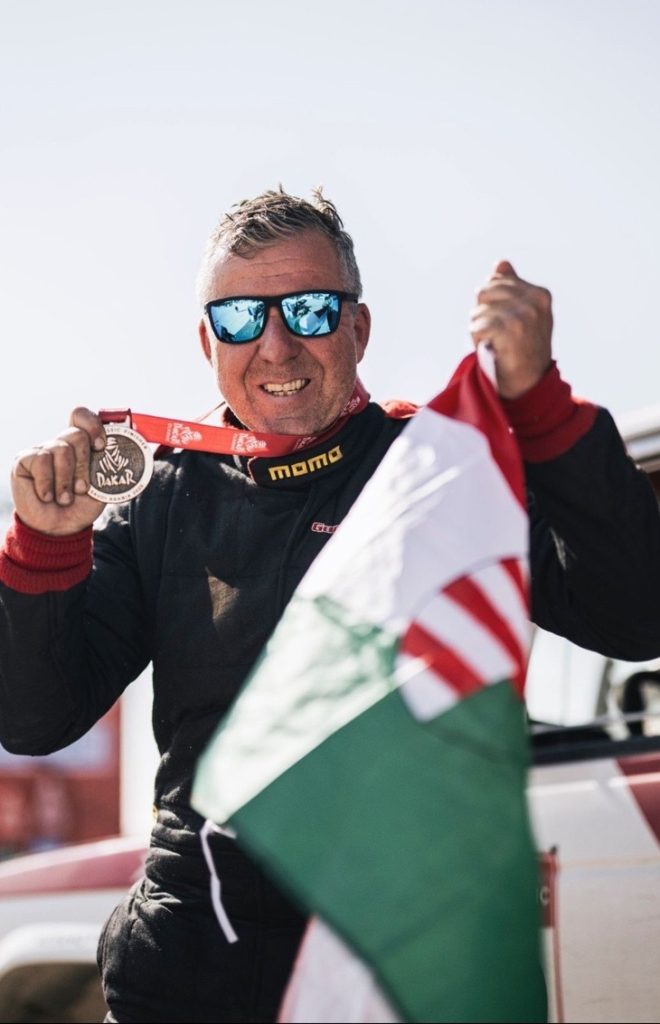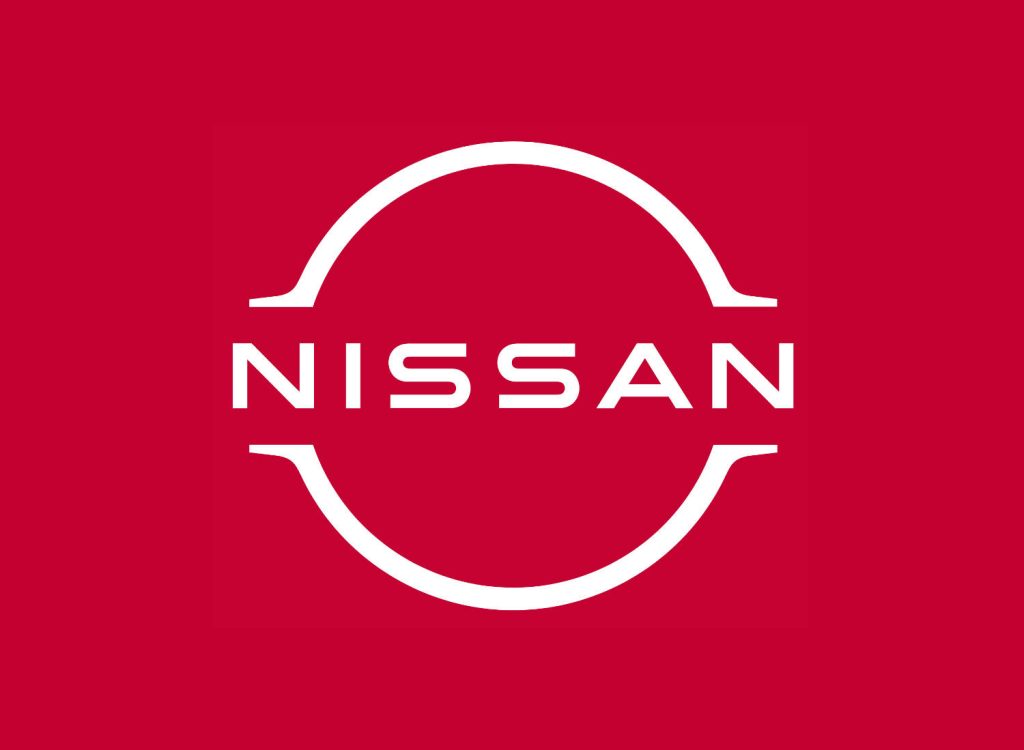
News
Team
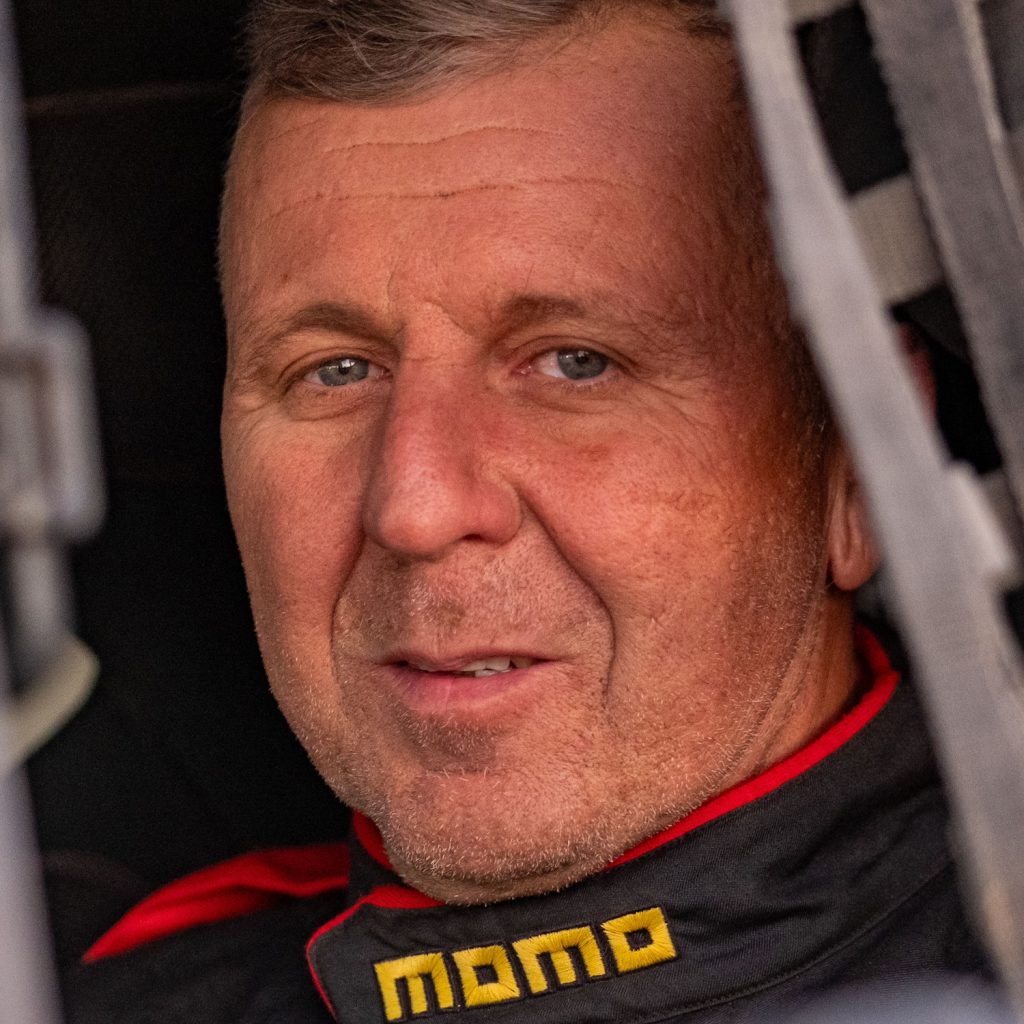



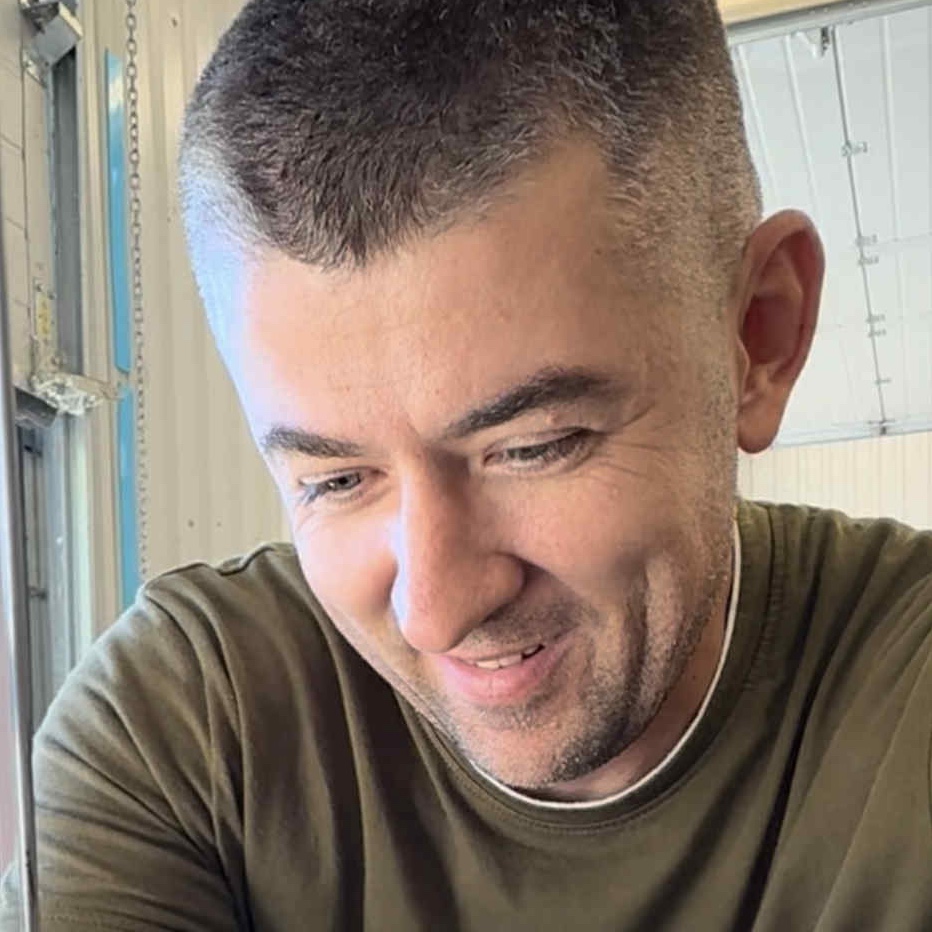

Vehicle

| FIA homologation | Cross Country T2 |
| Engine | 4.8l petrol |
| Power | 285hp |
| Transmission | 5-speed manual |
| Fuel tank | 170l |
| Weight | 2083kg |
Next Milestones
- November 27-29, 2025: Technical checks and scrutineering in Barcelona
- December 30, 2025: Flight to Saudi Arabia
- January 3, 2026: Prologue of the Dakar 2026
- January 4, 2026: Start of the Dakar 2026
- January 17: Finish line
Our Story
At the age of 9, Péter received a small Dakar Pajero toy car from his father. Playing in the sandbox, he made a decision: one day, he would compete in the Dakar Rally.
As the years passed, Péter grew up and opened his own tire and car service shops. Fifteen years ago, he reached Africa for the first time with the Budapest-Bamako Rally, where he later became a three-time category winner. He then entered the Baja 4000 in Mexico three times, and in 2019, he stood on the top step of the podium.
In the last 5–6 years, Péter focused on building touring and rally cars for others. But in 2024, during a workshop cleaning, that childhood toy car resurfaced. His teammates said: “This is a sign. Now is the time to build the Dakar car.” They purchased an old Mitsubishi Pajero and within six months – working late nights after daily shifts – they turned it into a rally machine.
Meanwhile, András built his career first in telecommunications and later as an IT entrepreneur, while his passion for cars remained a vacation indulgence — every trip had to include some kind of wild driving adventure. Over time that hobby turned serious: he began taking part in off-road rallies across Africa, where he met Péter. Though they started out as competitors, their shared mindset quickly turned into friendship, and for the Dakar they decided to join forces.
Due to their tight budget, Tireman Racing entered the 2025 Dakar Cassic without a service crew or motorhome. Rivals predicted they would last no more than one or two days. But Péter and András, proved them wrong: Driving 500–800 kilometers per day, repairing the car at night, and sleeping in a small tent beside their vehicle. While factory teams had coaches, masseurs, mental trainers, and huge support trucks, the they had only had each other. There were days when they finished as high as 9th out of a 100-car field. On the penultimate stage, disaster struck: the Pajero rolled in the dunes, stopped on its nose, and caught fire. Péter broke his leg and ribs – but they refused to give up. That night, they rebuilt the car, and with painkillers, they crossed the final finish line. In the end, even the doubters stood and applauded. They finished 19th in the Classic H2 category.
In 2026, they are aiming even higher: competing in the elite T2 category. This is the battleground of factory giants: Toyota with 3 cars and a 220-person crew, Land Rover Defender with 3 cars and 180 people, and Stéphane Peterhansel, the 14-time Dakar winner himself. Meanwhile, the team Tireman Racing is building their rally car from two wrecked Nissan Patrols, in a small workshop with just 4–5 people. Instead of a massive support truck, they are preparing a small van as their service vehicle.
When the homemade Patrol and the tiny service van line up next to the giant factory motorhomes and support trucks in January 2026, many will smile again. But we know the truth: that smile carries the power of perseverance.
Dakar Classic 2025


